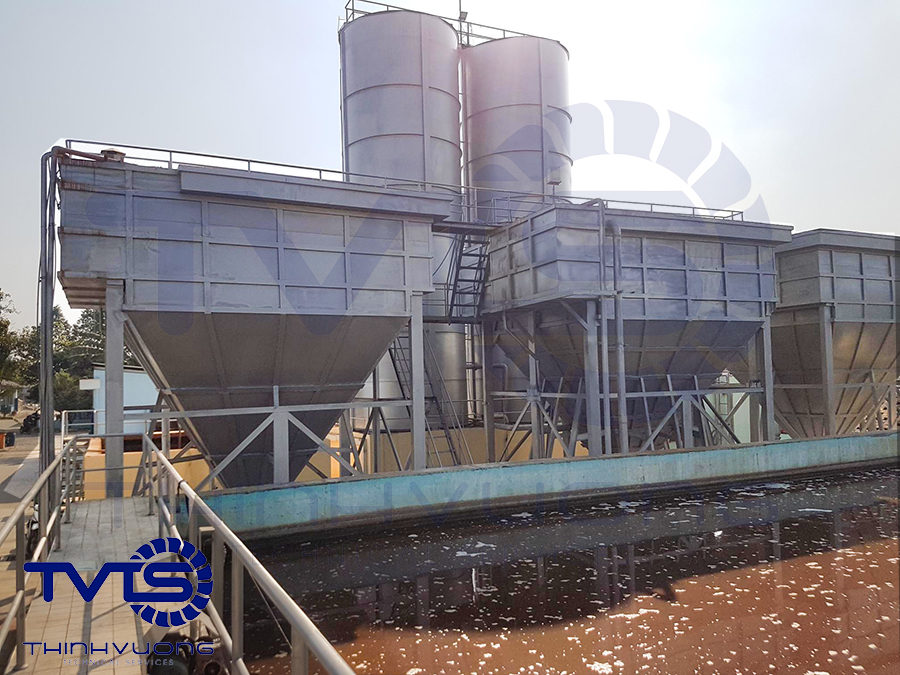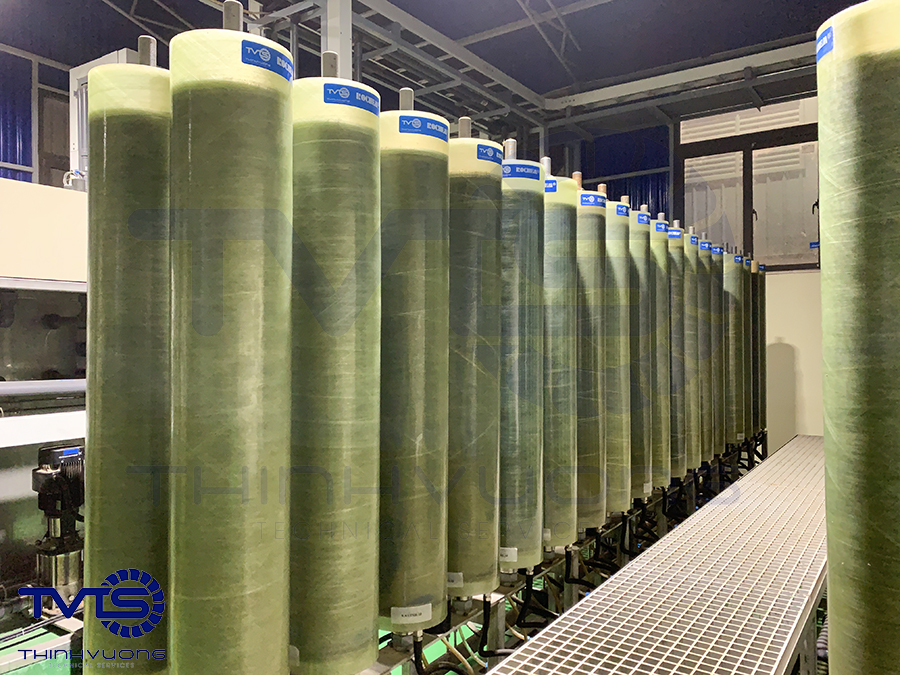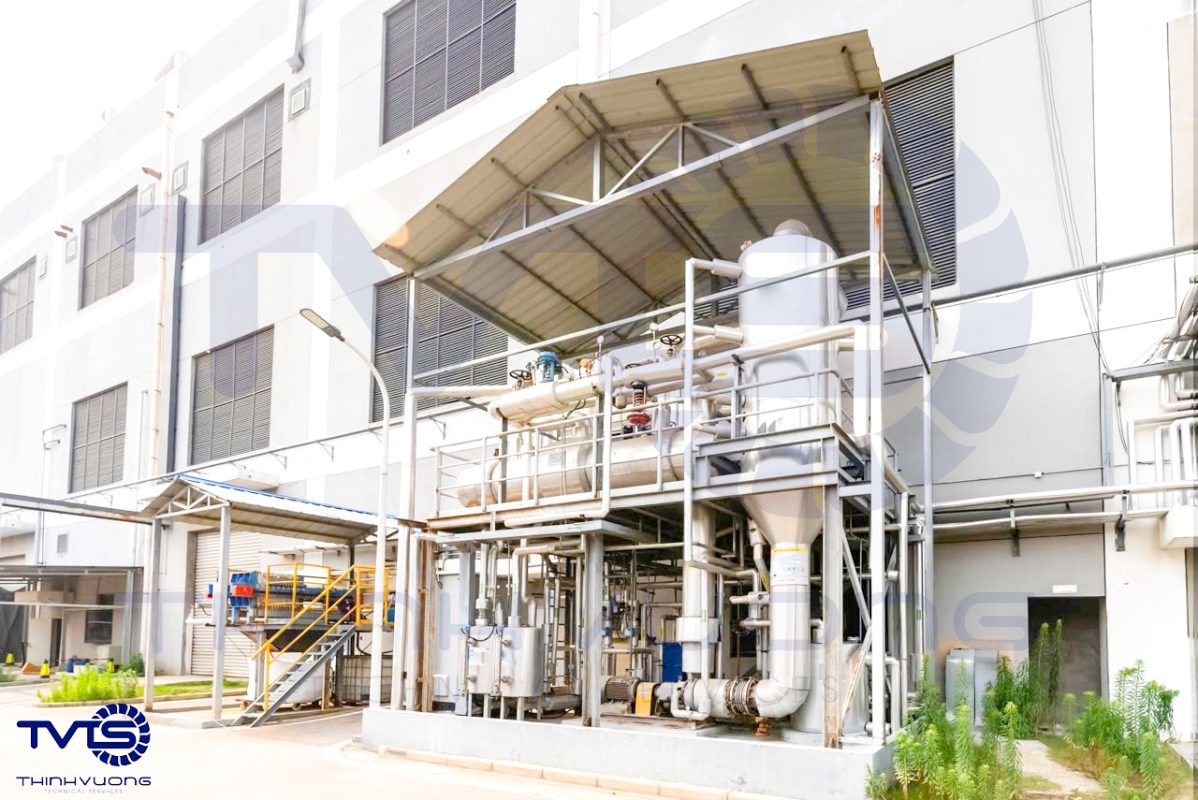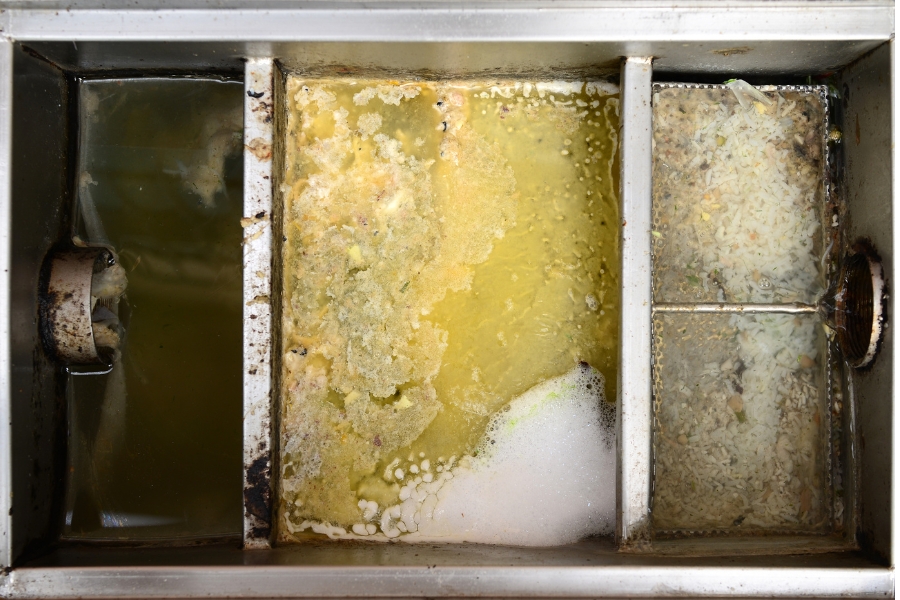The treatment of hazardous liquid waste requires advanced technologies and strict treatment processes to ensure environmental safety. Currently, technologies and methods for treating hazardous wastewater are increasingly improved and widely applied to minimize the impact of waste on the ecosystem.
Nội dung
- 1. Modern hazardous wastewater treatment technologies
- 2. Chemical treatment methods in wastewater
- 3. Analysis of the treatment process of wastewater containing heavy metals and oil-contaminated wastewater
- 4. Hazardous waste management and classification
- 5. Detoxification and treatment of industrial hazardous waste
- 6. Industrial Hazardous Waste Treatment: Current Situation and Solutions
- 7. Conclusion
1. Modern hazardous wastewater treatment technologies
1.1 Bioremediation:
Bioremediation uses natural or artificial microorganisms to decompose pollutants in wastewater. This method is often applied to treat organic compounds and difficult-to-decompose pollutants in hazardous wastewater. Thanks to its high treatment efficiency and ability to minimize the amount of chemicals needed, bioremediation is one of the environmentally friendly wastewater treatment technologies.
1.2 Adsorption technology:
Using activated carbon or special adsorbent materials to remove organic compounds, heavy metals and other pollutants in wastewater. This method is very effective in removing difficult-to-treat toxic substances, while minimizing the amount of residual toxins in wastewater.
1.3 Advanced Oxidation Processes (AOP):
Using strong oxidizing agents such as ozone, hydrogen peroxide or catalysts to decompose difficult-to-decompose pollutants into less toxic inorganic compounds. Advanced oxidation technology can treat toxic compounds and complex organic chemicals, and is applied in many industries with waste containing difficult-to-decompose substances.

1.4 High pressure membrane technology
This technology uses micro-sized filter membranes along with high pressure to separate and remove pollutants from wastewater, providing very high cleaning efficiency.

1.5 Evaporation technology:
Evaporation is a method of concentrating wastewater to separate pollutants from water, reducing the amount of wastewater that needs to be treated and recovering clean water for reuse. This technology is often applied in industries that have wastewater containing hazardous or difficult-to-degrade pollutants, such as heavy metals, solvents, and toxic organic chemicals.

2. Chemical treatment methods in wastewater
Chemical treatment in wastewater is a complex process, requiring strict control of chemical reactions to ensure safety. Common chemical treatment methods include:
Neutralization method: Using chemicals to neutralize strong acids or bases in wastewater, helping to minimize toxicity before discharging into the environment.
Precipitation method: Used to remove heavy metals in wastewater by precipitating them into solid form, then separating them from the water.
Chemical absorption treatment method: Using adsorbents such as activated carbon or special absorbents to remove toxic chemicals, including volatile organic compounds.

3. Analysis of the treatment process of wastewater containing heavy metals and oil-contaminated wastewater
Treatment of wastewater containing heavy metals: Wastewater containing heavy metals is often treated by precipitation or electrochemical methods to separate metals from water. In addition, adsorption technology is also widely applied to treat heavy metals such as lead, copper, mercury, helping to prevent the spread of these metals into the environment.

Oil-contaminated wastewater treatment: To treat oil-contaminated wastewater, factories often use oil separation technology by flotation, membrane filtration or biological technology. The flotation method effectively separates the oil layer from the water surface, while biological technology decomposes the oil into less toxic compounds.
4. Hazardous waste management and classification
Hazardous waste management and classification is an important factor in the hazardous liquid waste treatment system, helping to minimize risks to the environment and humans.
Hazardous waste management and classification methods
Hazardous waste management: Applying proper storage, transportation and treatment procedures to avoid leakage and release of waste into the environment. In addition, recording and reporting the amount of hazardous waste is also an important part of the management process to track the origin, nature and amount of waste generated.
Classification of hazardous waste: To come up with an effective treatment method, it is necessary to classify hazardous waste based on their chemical properties and toxicity, for example: flammable waste, corrosive waste, biologically toxic waste, etc.
5. Detoxification and treatment of industrial hazardous waste
Detoxification is an important step in the treatment of hazardous waste, to ensure that waste is treated safely before being discharged into the environment.
Detoxification of hazardous liquid waste
The detoxification process includes chemical and biological methods, to transform hazardous substances into less toxic compounds. Commonly applied methods include:
Oxidation method: Used to decompose toxic compounds in liquid waste.
Biological process: Using microorganisms to decompose toxic organic compounds in liquid waste, turning them into harmless compounds.
6. Industrial Hazardous Waste Treatment: Current Situation and Solutions
In the face of the increasing amount of industrial hazardous waste, it puts pressure on economic, social and environmental growth and development. Currently, the cost of treating hazardous liquid waste at each factory ranges from 2 million to 8 million VND per cubic meter of wastewater (2-8 million/m3). This cost will depend on the composition, properties, area, hazardous waste code and total capacity.
Researching and proposing solutions to thoroughly treat hazardous waste is extremely necessary. At TVTS, we provide hazardous liquid waste treatment solutions at a cost of about 400,000 to 600,000 VND/m3 of hazardous wastewater. This is considered as The solution minimizes the cost of hazardous waste treatment for the factory. At the same time, the ROI ratio – capital recovery time is fast.

7. Conclusion
The development of hazardous waste treatment technologies has opened up many safer, more effective and environmentally friendly solutions. In the future, technologies such as biotechnology, membrane filtration technology, evaporation technology and advanced oxidation processes will bring breakthroughs in the field of hazardous waste treatment, helping to reduce the amount of toxic waste, protect the ecosystem in the long term. And promote businesses and factories to develop quickly, strongly and sustainably.



